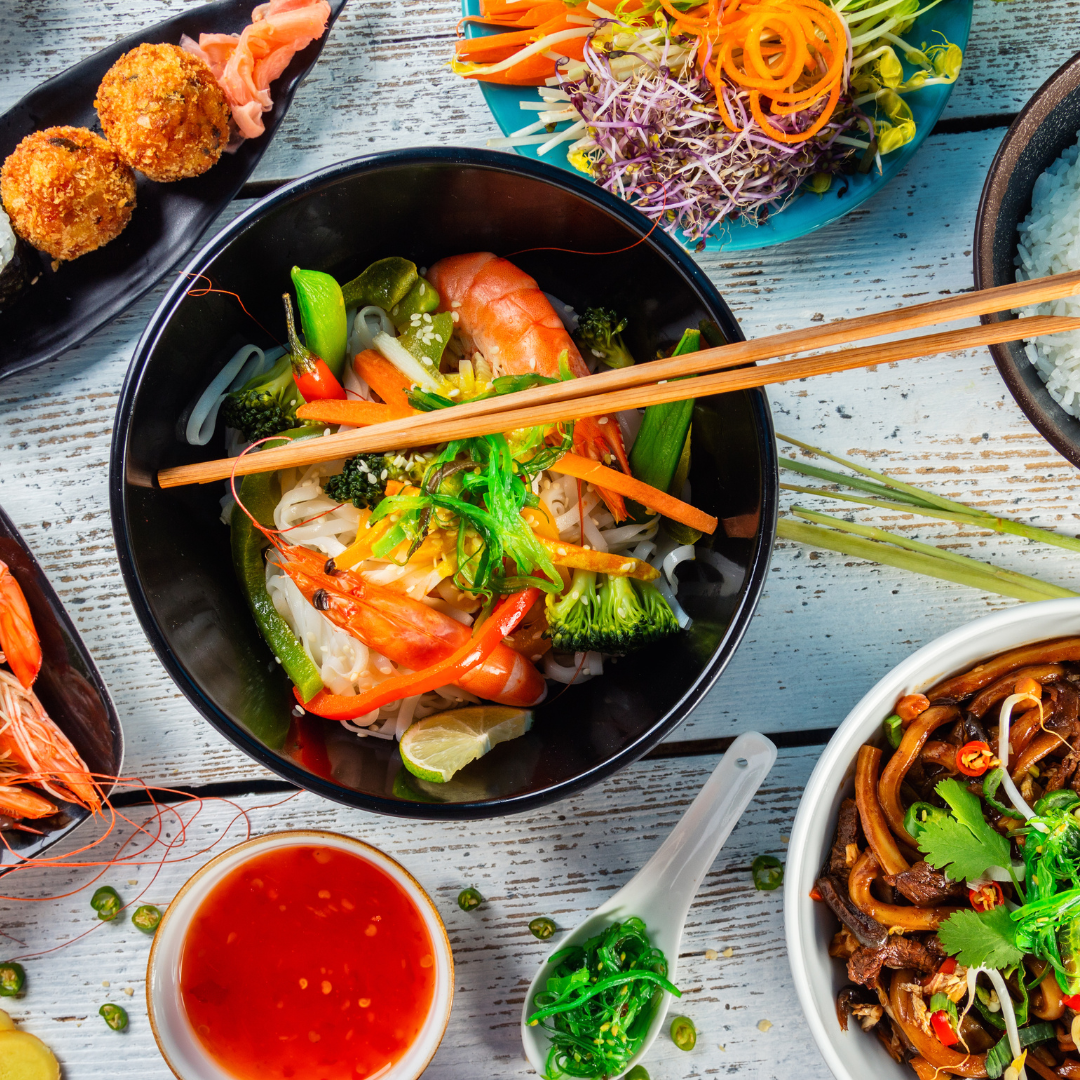Unlocking Asian Flavors: 10 Tips for Home Cooks
Are you ready to elevate your cooking game and infuse your dishes with the vibrant, aromatic flavors of Asia? Whether you’re a seasoned chef or just starting out in the kitchen, incorporating Asian flair into your cooking can add an exciting twist to your meals. From stir-fries to sushi, here are ten tips to help you master the art of Asian-inspired cuisine.

- Stock Up on Essential Ingredients: Start by building a pantry stocked with key Asian ingredients. Soy sauce, sesame oil, rice vinegar, miso paste, and sriracha are just a few staples that can add depth and complexity to your dishes. Experiment with different types of soy sauce like light, dark, and tamari for varied flavor profiles.
- Embrace Umami: Umami, often described as the fifth taste, is abundant in Asian cuisine. Enhance the savory richness of your dishes by incorporating ingredients like mushrooms, seaweed, fermented sauces, and fish sauce. These umami-packed ingredients can elevate the depth of flavor in your cooking.
- Master the Art of Stir-Frying: Stir-frying is a quick and versatile cooking technique commonly used in Asian cuisine. To achieve perfectly cooked, flavorful dishes, ensure your pan is hot, and ingredients are chopped uniformly for even cooking. Don’t overcrowd the pan, and stir continuously to prevent sticking and achieve that coveted wok hei (breath of the wok).
- Play with Aromatics: Aromatics such as garlic, ginger, scallions, and lemongrass are the backbone of many Asian dishes, infusing them with fragrance and complexity. Learn to balance these aromatic ingredients to create harmonious flavor profiles in your cooking.
- Experiment with Spice Blends: Asian cuisine encompasses a wide range of spices and spice blends, from Chinese five-spice powder to Japanese shichimi togarashi. Experiment with different spice combinations to add depth and heat to your dishes. Toasting spices before use can also enhance their flavor profile.
- Explore Asian Noodles and Rice: Noodles and rice are versatile staples in Asian cuisine, offering a variety of textures and flavors. Try using different types of noodles such as rice noodles, soba, or udon, and experiment with various rice varieties like jasmine, basmati, or sticky rice to complement your dishes.
- Incorporate Fermented Foods: Fermented foods like kimchi, miso, and pickled vegetables are not only packed with flavor but also offer numerous health benefits. Incorporate these probiotic-rich ingredients into your meals to add tanginess and complexity to your dishes.
- Get Creative with Sauces and Condiments: Asian cuisine is renowned for its diverse array of sauces and condiments. From sweet and savory teriyaki sauce to spicy chili paste and tangy tamarind chutney, explore the endless possibilities of flavor combinations by incorporating these sauces into your cooking.
- Balance Sweet, Sour, Salty, and Spicy: Achieving the perfect balance of sweet, sour, salty, and spicy flavors is key to creating authentic Asian dishes. Experiment with different combinations of ingredients and seasonings to find the right balance that tantalizes your taste buds.
- Stay Curious and Experiment: Finally, don’t be afraid to step out of your comfort zone and experiment with new ingredients, techniques, and recipes. Asian cuisine is incredibly diverse, so embrace the opportunity to learn and explore new flavors and culinary traditions.
With these ten tips, you’re well on your way to infusing your home cooking with the irresistible flavors of Asia. So, roll up your sleeves, sharpen your knives, and embark on a culinary journey that will delight your senses and impress your taste buds. Happy cooking!

Leave A Comment